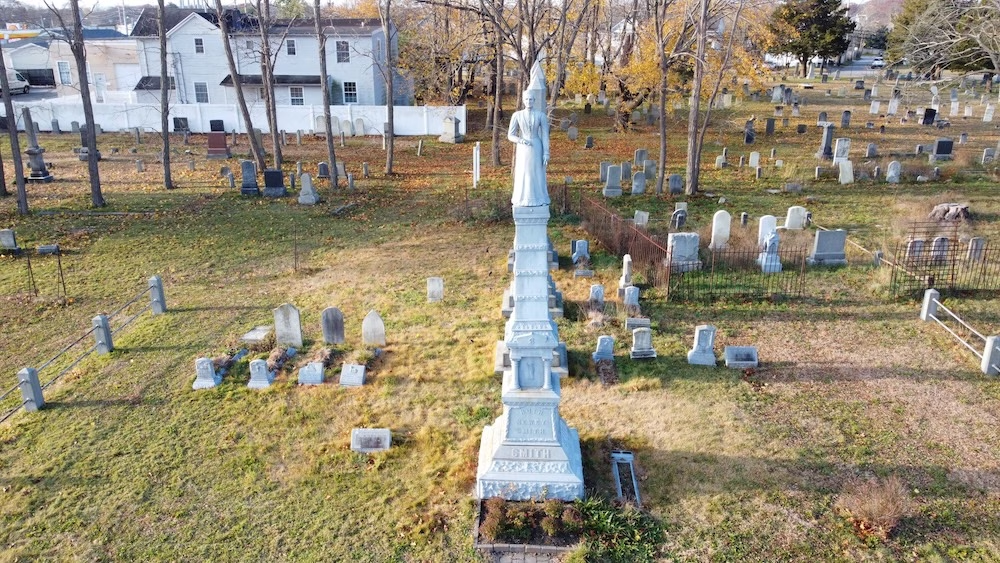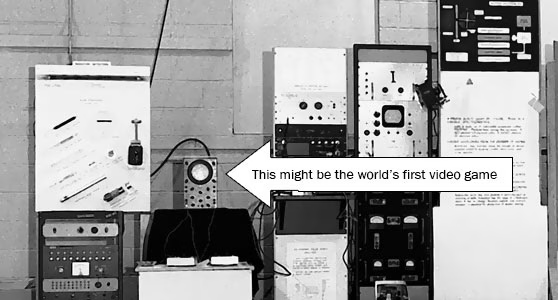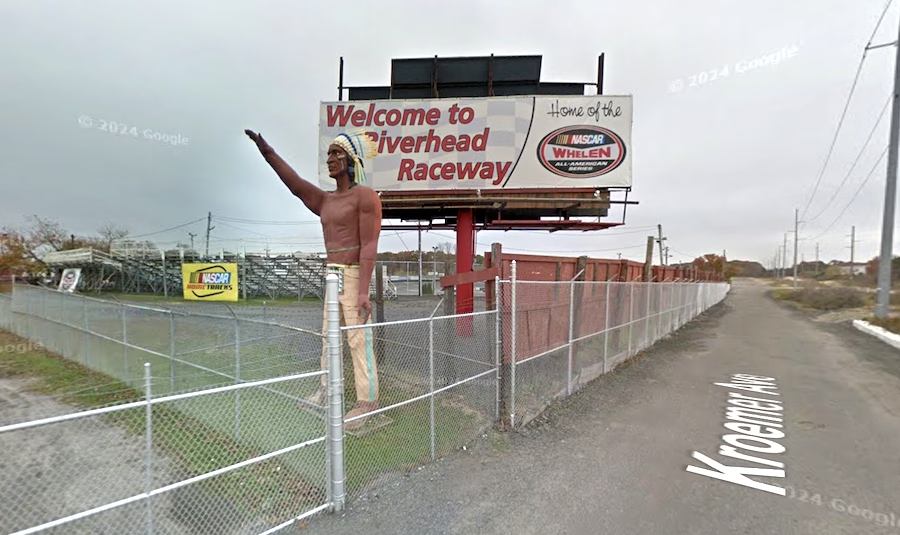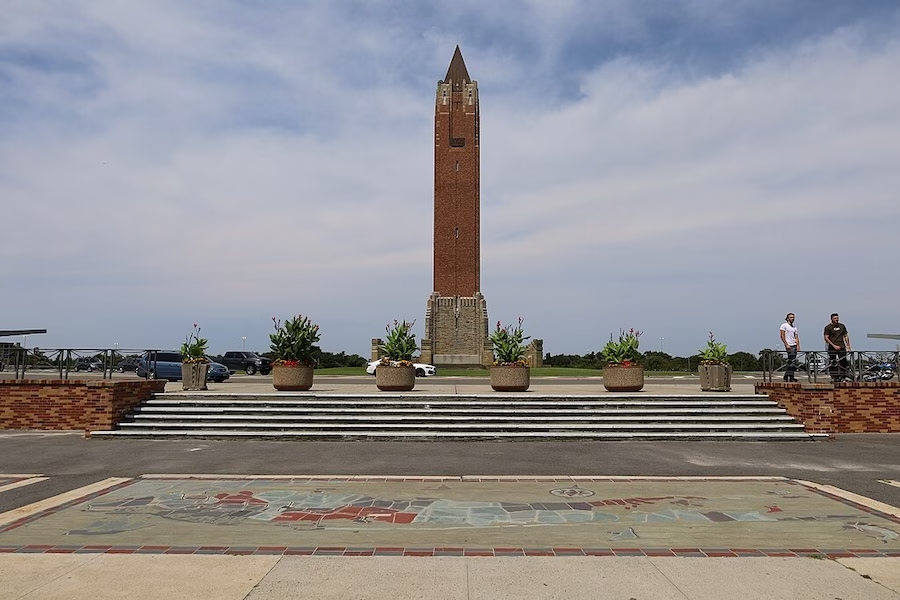By Isabella Scuteri
In 1791, the burial grounds of Lakeview Cemetery began behind the Union Church located on the corner of Waverly Avenue and West Main Street. The church isn’t standing today but the original property was shared by Baptists, Congregationalists, Presbyterians, and Episcopal Methodists (who were later referred to as Methodists).
Presently, there is a fence that splits the property in half. The western side, commonly known as the Waverly Avenue Cemetery, has been officially abandoned since 1954. The property on the eastern side of the fence is owned by St. Paul’s Episcopal Church and the Episcopal Diocese.
Lakeview Cemetery as a whole is undergoing major restorations to preserve the history found tchere. Throughout the years, committee members have repaired headstones and work effortlessly to restore the cemetery as close to its original state as possible.
Here is some of the history, which was provided by Arlene Capobianco and husband, Christopher.
In 2016, Arlene Capobianco was asked by the Director of the Chamber of Commerce to be on the cemetery committee. With a curious mind and interest in learning, she knew researching and refurbishing the cemetery was the perfect hobby for her. She hopes to find lost stones and restore them back to their original positions. In her free time, she reads online newspapers from 1890 to find more information, locate missing headstones, and put names to blank headstones.
Mapping out Lakeview Cemetery
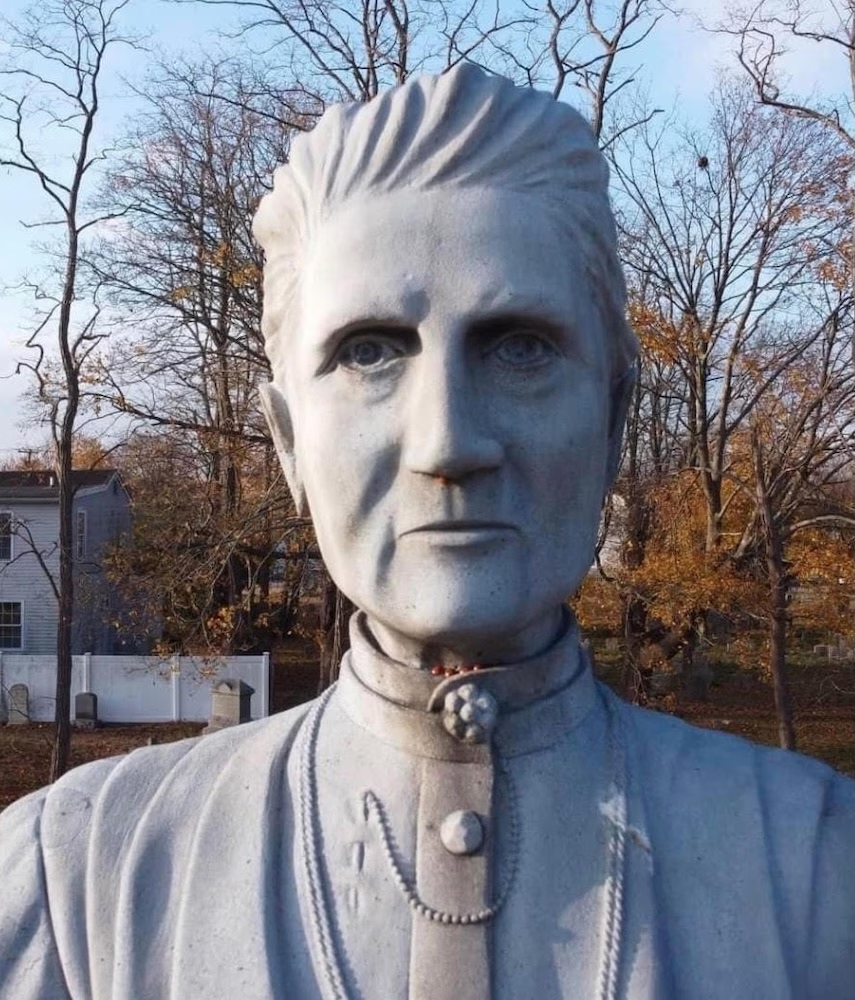
Photo by Ken Lee.
The cemetery is divided into multiple sections—the Gerard Cemetery, Rice Family Cemetery, Methodist Cemetery and Lakeview Cemetery.
- The Gerard Cemetery dates back to 1900 and was established by Wilmot Gerard as a privately-run cemetery.
- The Rice Family Cemetery was created in 1871 by Rachel Rice as a private cemetery. This family was of the first doctors in the area and had offices in Patchogue and Manhattan.
- The Methodist Cemetery is more of a mystery as there are no maps or dates indicating when it was opened. To give a rough guideline, burials date back to the mid 1800’s to the early to mid-1900’s.
- The Lakeview Cemetery was created in 1878 by two of the Smith Sisters, Augusta Smith Weeks and Ruth Newey Smith, as a private cemetery.
Where History is Buried: The Smith Sisters
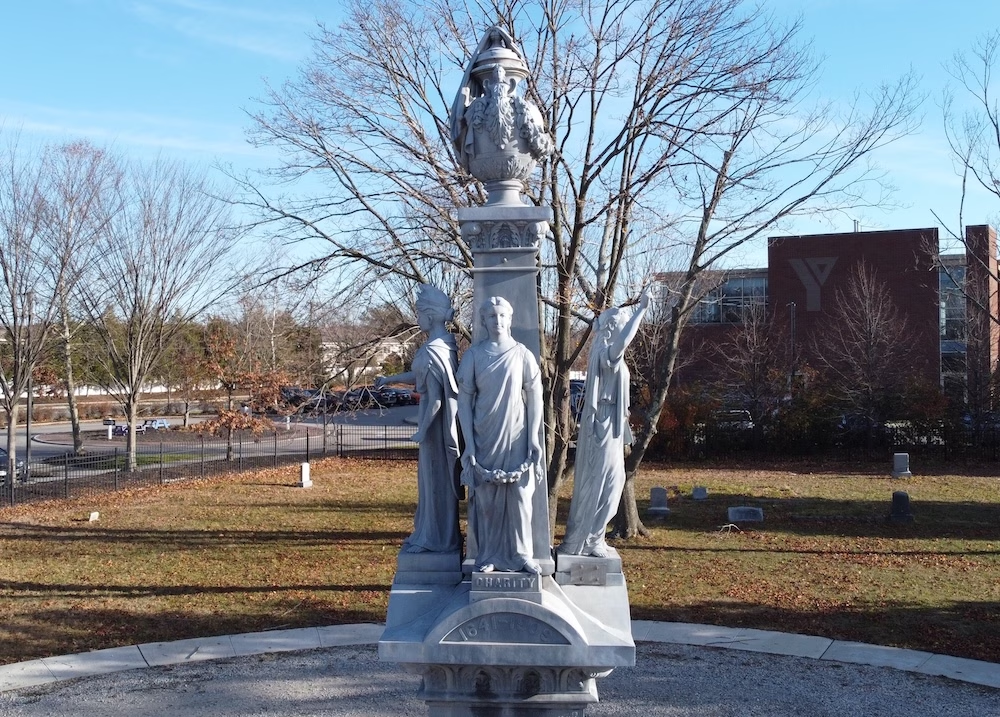
Photo by Ken Lee.
The Smith Sisters: Charlotte Goldsmith Smith Keech, 1823-1887, Betsey Ann Smith Roberts, 1828-1897, Augusta Josephine Smith Weeks, 1831-1901 and Ruth Newey Smith, 1835-1917.
The Smith Family has been on Long Island since 1641 and has a family plot in Lakeview Cemetery. They made a significant impact by locally donating their properties and money throughout their life and after they passed.
- The Smith Genealogical Monument is the largest white bronze statue in the United States, and possibly the world.
- The Smith Sisters have four 20-foot monuments. On top of Ruth Newey Smith’s monument stands a carved statue that looks identical to her.
- Ruth Newey Smith donated land to the Episcopalian Church for Lakeview Cemetery, and a park where the Village pool is located on the Great South Bay. She also built Mascot II Hotel which is where today’s Lombardi’s Restaurant is located.
- Augusta Smith owned the Ocean Avenue Hotel on Ocean Avenue as well as Patchogue’s Shorefront Park.
- Betsy Ann Smith was one of Long Island’s only woman poets in the 19th century to create a book.
Graveyard Gossip and Local Lore in Patchogue
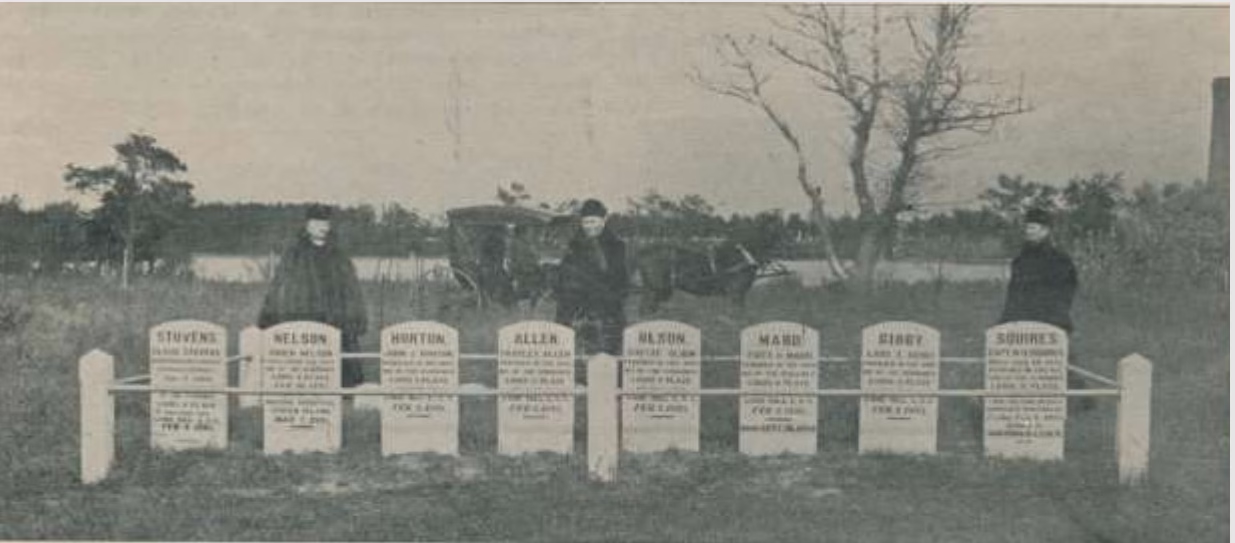
Louis V Place Graves: Three of the sisters standing behind the graves of the sailors of the Louis V Place. Photo from Celia M. Hastings Local History Room, and Picturesque Patchogue (“The Argus”, 1898)
An important legend of Lakeview relates to the shipwreck of the Louis V. Place that occurred in 1895 near Fire Island. As this true story goes, eight men on their way to New York from Baltimore became stranded on a sandbar and faced extreme weather conditions. Their ship would be referred to as a “drifting iceberg,” almost completely freezing within two days of being stranded.
- Eight plots for the lost sailors are located in the Lakeview Cemetery, thanks to the Smith Sisters.
- Four sailors are buried here—Gustave Jaiby, Charles Allen, August Olson and Fritz Oscar Ward—while the other four plots remain empty.
- There have been several stories of people seeing sailors walking around the cemetery.
The Cemetery has been a hotspot for famous visitors since its opening.
- George Washington stopped here during his 1791 tour.
- Thomas Jefferson stopped here while he was president, accompanied by James Madison while on their way to William Floyd.
Those Who Lie in Lakeview Cemetery
In 1992, Hans Hanke, a member of a prior committee, made the best map the cemetery has on record on the back of a Pepsi poster by using a machete and his feet to break through overgrowth of weeds.
There are over 1,000 headstones on the Waverly side of the Cemetery alone but it might not seem that way by looking at it. Most of them are missing or buried deep underground. When walking down an aisle where stones are clearly missing, divots where the stones lay buried can be felt with your feet. Most of the buried stones are safer left untouched due to risks including breakage, vandalism and gravity. Of the thousand headstones, there are a handful of historical people buried here.
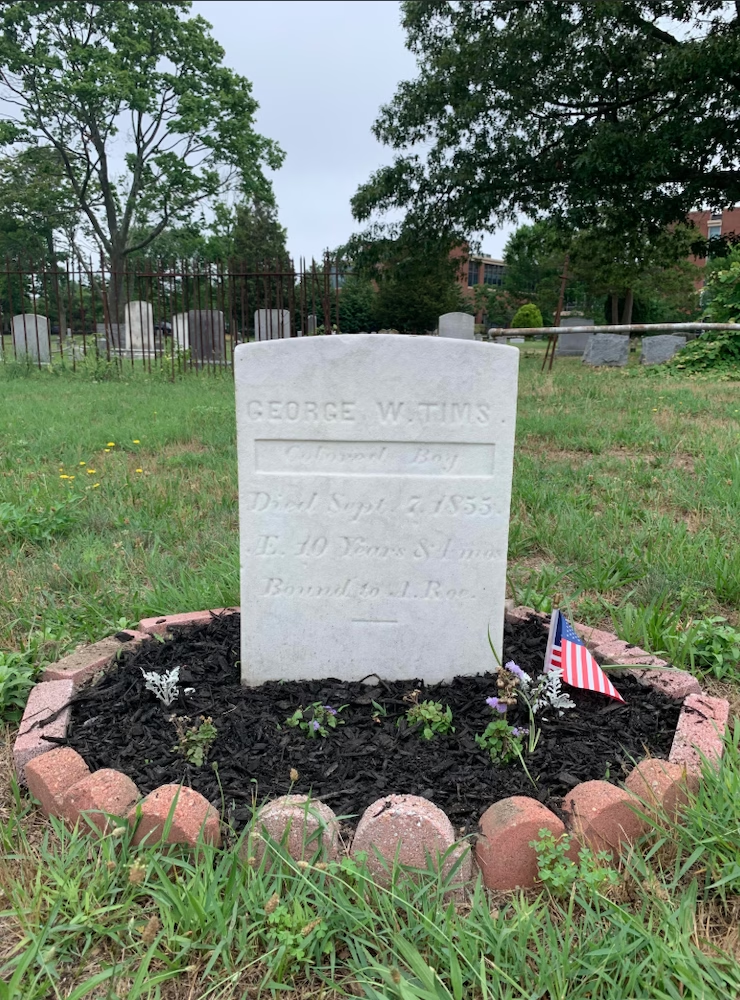
George W Tims: The headstone of George W. Tims was permanently put into the ground out of fear that someone would dig it up and relocate it. Photo by Arlene Capobianco.
- One of the very few slave graves is located here, George W. Tims. He was 10 years old when he died in 1855 and his marble stone says “colored boy, bound to A. Roe.” In New York State, slavery was outlawed in 1827 but that doesn’t mean it magically went away.
- One of the last table graves—a marble slab with four feet—is located here.
- Elizabeth Oak Smith (not related to the Smith Sisters) helped get women the right to vote and is buried here.
- Veterans from the Revolutionary War, the War of 1812, the Civil War, WWI, WWII, and Vietnam are buried throughout the cemetery.
Keeping it Alive: Preserving Lakeview Cemetery
In 2021, the Lakeview Cemetery Committee did an assessment of the Waverly side of the property to figure out what needs to be fixed, how long it will take and how much money it will cost. Over 300 stones need professional help—more than cleaning or straightening.
- Visibility of the cemetery has increased over the years but that is not the main goal of the cemetery. Preserving what is there and keeping it safe is their objective.
- The rapid growth of the Japanese Knotweed plant has been a major setback for the restorations. After it is cut, it grows back beneath the surface within a few months, creating an endless cycle.
- Stone cleanings and straightenings are done twice a month on various parts of the cemetery.
A Resting Place with a Future
The Lakeview Cemetery Committee is dedicated to creating a safe and accessible place for residents to enjoy the historical aspect and learn important historical information about where they live.
- Self-guided QR code tours are in the works.
- Saint Paul’s Episcopal Church replaced the sidewalks and roadbed in 2020.
- A grant from the Robert David Lion Gardiner Foundation was given to the cemetery in 2024 and that money is being used in their future projects.
Isabella Scuteri is a reporter with The SBU Media Group, part of Stony Brook University’s School of Communication and Journalism’s Working Newsroom program for students and local media.
Cover photo: Ken Lee.

